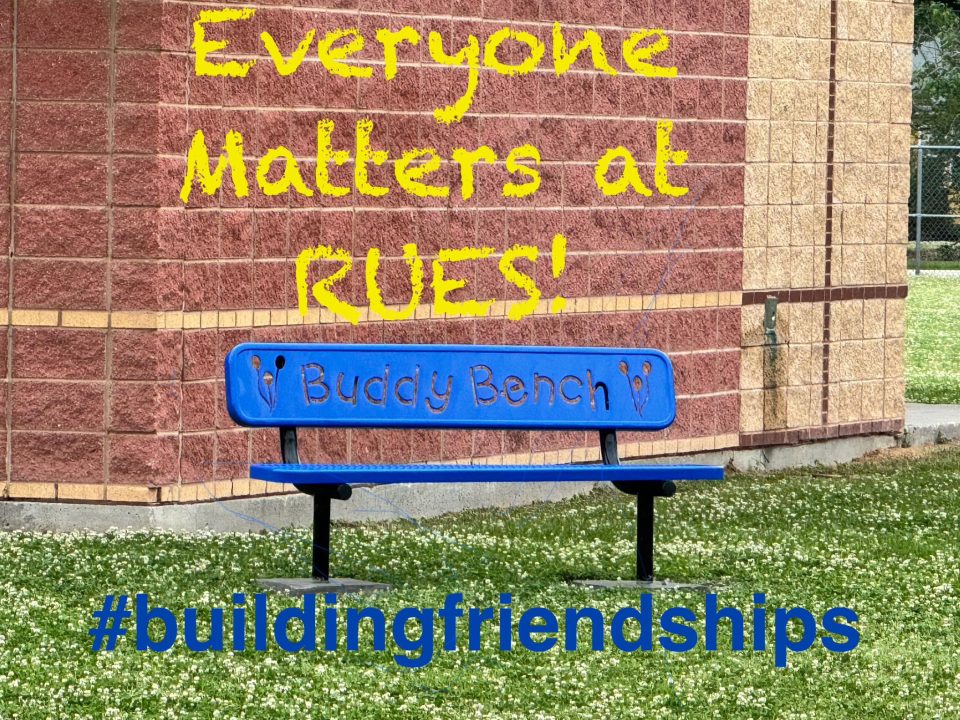
YEAR IN REVIEW
January 2, 2007Mandated therapy may better serve divorcing couples, counselor says
January 4, 2007GRAND RAPIDS, Mich. (AP) _ Michigan’s No. 1 fan is back home for the final time.
Gerald R. Ford, the nation’s 38th president and a former football star at the University of Michigan, was welcomed with open arms by his home state as the White House jet carrying his body touched down at the airport bearing his name Tuesday afternoon.
The Michigan band performed the school’s fight song, “The Victors,” as Ford’s flag-draped casket was loaded into a hearse, which made its way in a motorcade toward his presidential museum downtown.
“Welcome home. Welcome home to the city where you ate dinners with your family on Union Street,” Gov. Jennifer Granholm said during a ceremony inside the Ford presidential library.
The plane carrying Ford’s body, which left Washington after an event at the National Cathedral earlier in the day, made its way over Michigan Stadium at the University of Michigan in Ann Arbor, his alma mater, before touching down in Grand Rapids around 3 p.m.
Among those on the plane were Jimmy Carter, the Democrat who defeated Ford in 1976 and became his friend, and Carter’s wife, Rosalynn.
Hundreds of people lined portions of the route, which took the motorcade through two interstate highways before it reached the downtown area.
During its last stretch, the procession made its way around the museum and was greeted by onlookers _ including Boy Scouts who stood at attention and saluted. Most people were quiet and respectful. Some snapped photos, and others waved and were greeted by return waves from Carter.
Ford, who was born in Nebraska, adopted Grand Rapids as his hometown and represented it in the U.S. House for a quarter century. His museum received his remains Tuesday afternoon and prepared to open its doors for an 18-hour public visitation, stretching overnight, before his interment Wednesday afternoon.
“Bless the soul of Gerald Ford with homecoming joy,” Grand Rapids Mayor George Heartwell said during the museum ceremony’s invocation.
“I think he was a pretty neat guy _ one of our better presidents,” said Mary Klomp, a 44-year-old from nearby Jenison. “It’s cool that they’re having things private _ respectable.”
Klomp was out walking around over her lunch hour trying to see what was happening as Grand Rapids geared up for the arrival of Ford’s casket.
Not far away, a few dozen Boy Scouts, military officers and onlookers stood along the Michigan Street Bridge, awaiting the motorcade.
Patricia Brown of Lansing made the trip to Grand Rapids along with her son, Caleb, and several other Boy Scouts.
“He lived his whole life as an Eagle Scout,” Brown said. Her son said he hoped to one day follow in Ford’s footsteps and earn the rank of Eagle Scout.
Ford, who represented Michigan’s 5th District in Congress from 1949-1974, spent most of his boyhood in Grand Rapids and practiced law in the city. He lived in the upscale suburb of East Grand Rapids while serving 25 years in the U.S. House before replacing Spiro Agnew as vice president in December 1973.
“Wherever he journeyed, the values forged in Grand Rapids never left him, and that’s why he never left Grand Rapids,” Martin J. Allen, Jr., chairman emeritus of the Gerald R. Ford Foundation, said at the museum ceremony.
A funeral service will be held Wednesday at Grace Episcopal Church, where the Ford family has belonged since the early 1940s, when the parish was housed in a building in Grand Rapids. His funeral plans at the church have been in place for years.
He and Betty Ford were married in the old church on Oct. 15, 1948. About five years later, the congregation built the current church, which is in East Grand Rapids only a few blocks from where Ford and his family lived during his time in Congress. The president and his family remained members of Grace Episcopal after they moved from the Grand Rapids area more than 30 years ago, but only occasionally returned to attend services.
The home where Ford was raised stands at 649 Union Ave. SE in a gentrified neighborhood on the city’s southeast side. The home’s current owners, Tim England and Robert Kent, both 46, bought it in 1991 and restored it after the bungalow had stood vacant for 20 years.
The Ford museum opened to the public in September 1981. The galleries feature hands-on, interactive, video, and holographic displays, such as exhibits of Ford at work in the Oval Office and pop culture of the 1970s.
The museum is part of the presidential libraries system of the National Archives and Records Administration, a Federal agency.
Unlike other presidential libraries, the museum is geographically separate from the library and archives, though they are a single institution. The museum is in Grand Rapids and the library is in Ann Arbor.
Ford played center on the Michigan football team, where he was a three-year letter winner. His teams enjoyed consecutive undefeated, national championship seasons in 1932 and 1933. He was the Wolverines’ most valuable player in 1934 and, on Jan. 1, 1935, he played in a college all-star game known today as the East West Shrine Game. The university later retired Ford’s No. 48 jersey.
Ford had a special place in his heart for his alma mater, where he kicked off his 1976 presidential bid. The university also boasts the Gerald R. Ford School of Public Policy, which was named for him in 1999.









